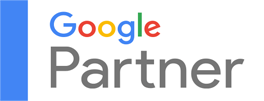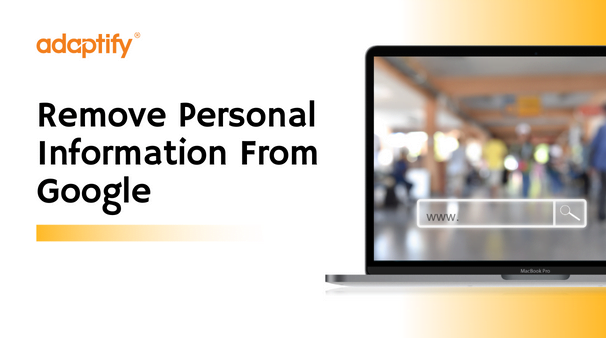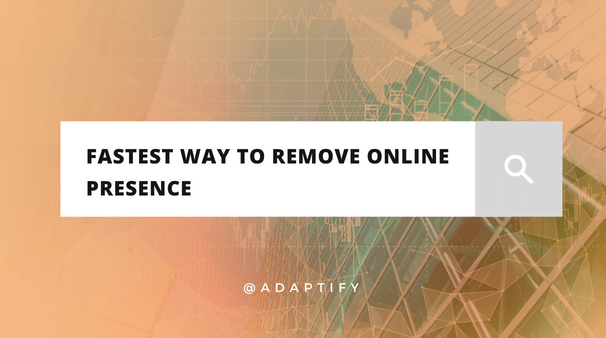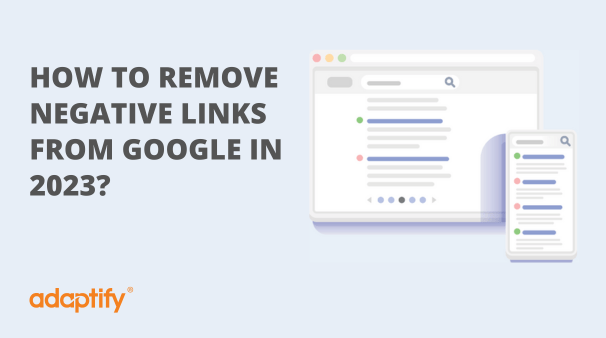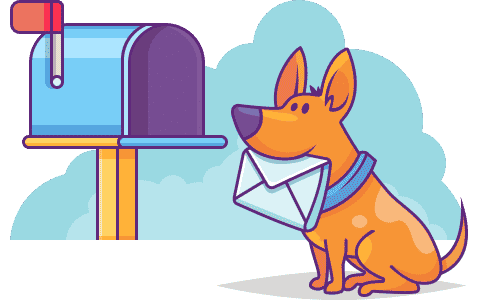Content
- What is DMCA Copyright Infringement?
- How can I Remove a DMCA Complaint?
- What is "Fair Use" in Google Copyright?
- How to Remove Search Results from Google for Copyrighted Content
- How to Copyright a Website in Australia
- Types of Copyrighted Content that Can be Removed from Google.
- DMCA Copyright Infringement Takedowns for Websites
- Information Needed for a DMCA Copyright Infringement Takedown.
- Can Information That Does Not Include Copyright Infringement be Removed Using a DMCA Takedown Request?
- Frequently Asked Questions
If you are wondering how to remove DMCA complaint or copyrighted content from Google, here is the solution. The appropriate action is to file a Digital Millennium Copyright Act (DMCA) complaint to address copyrighted content appearing on Google’s search results. By doing so, you can request the removal of infringing materials from Google’s search index.
Google offers a user-friendly DMCA Dashboard. It facilitates the submission of complaints and enables copyright owners to protect their intellectual property rights. This process ensures that your copyrighted content is safeguarded and not unlawfully distributed without your consent. Let’s discuss it in detail.
What is DMCA Copyright Infringement?
In 1998, the Digital Millennium Copyright Act (DMCA) was established as a crucial federal law to safeguard the rights of copyright holders against online theft and unauthorised distribution or reproduction of their creative works. Its scope extends beyond images and includes protection for various forms of intellectual property such as movies, music, writing, and any copyrighted property.
Copyright infringement can damage your online reputation and cause financial losses. In the rapidly evolving landscape of artificial intelligence, even AI models are not exempt from copyright concerns.
If you find that your Google copyrights have been violated, DMCA empowers you to act through a “takedown request.” This request is directed towards internet entities like Google, websites, and hosting companies. It urges the violator to remove infringing content promptly.
Creators and users of copyrighted materials must be aware of and adhere to the provisions set forth by the DMCA. It helps to foster a fair and respectful digital ecosystem that respects the rights of intellectual property owners.
How can I Remove a DMCA Complaint?
The DMCA (Digital Millennium Copyright Act) takedown process is a legal mechanism that allows copyright holders to request the removal of infringing content from online platforms like Google or websites. The primary purpose of the DMCA is to address copyright infringement issues and protect the rights of content creators and copyright owners.
If you find that your copyrighted material is being used without authorisation on a website or through a search engine like Google, you can submit a DMCA takedown notice. This notice informs the platform or website about the alleged DMCA copyright infringement and requests removing the infringing content. The platform typically follows a specific procedure to review and address the complaint. If the content is found to be infringing, it is taken down to comply with the DMCA requirements.
It’s essential to note that the DMCA takedown process is specifically designed for copyright-related issues. It addresses copyright infringement and protect the intellectual property rights of content creators. It does not cover non-copyright-related disputes like defamation or other legal concerns. Non-copyright-related disputes requires different legal procedures to address the issue.
What is "Fair Use" in Google Copyright?
“Fair use” is a legal doctrine that allows the limited use of copyrighted material without the need to obtain permission from the copyright holder or to pay for its use. It is a vital exception to copyright law that allows certain uses of copyrighted works for purposes such as criticism, comment, news reporting, teaching, scholarship, or research.
The fair use doctrine is designed to strike a balance between the rights of copyright owners to control the use of their works and the public’s right to access and use copyrighted material for certain socially valuable purposes. However, fair use is not an absolute right, and determining whether a particular use qualifies as fair use requires a case-by-case analysis.
To determine if a use qualifies as fair use, courts typically consider four factors:
- Purpose and character of the use
- Nature of the copyrighted work
- Amount and substantiality of the portion used
- Effect on the potential market or value of the work
If the use of the copyrighted material negatively impacts the market or potential value of the original work, it may not be considered fair use.
The “fair use” analysis is subjective, and a court will consider all relevant factors in each specific case. As a result, fair use can be a complex and often debated aspect of copyright law. Individuals and organisations should seek legal advice when uncertain about whether their use of copyrighted material qualifies as fair use. It will help you avoid potential legal issues.
How to Remove Search Results from Google for Copyrighted Content
- Identify the Infringing Content
- Gather Proof of Ownership
- File a DMCA Takedown Notice
Go to Google’s DMCA Dashboard, which is designed to handle google DMCA complaint. You can find the dashboard at https://www.google.com/webmasters/tools/dmca-dashboard. Sign in with your Google account or create one if you don’t have one.
- Submit the Takedown Notice
Once logged in, provide the required information in the DMCA takedown notice. This includes:
⦁ Your contact information (name, address, email, and phone number).
⦁ A description of the copyrighted work that has been infringed (title, author, URL, etc.).
⦁ The URL(s) of the infringing content on the web.
⦁ A statement affirming that you have a good faith belief that the use of the copyrighted material is not authorised.
⦁ A statement that the information in the notice is accurate, and you are the copyright owner or an authorised representative.
⦁ Your electronic signature.
- Wait for Google's Review
- Legal Action
In some cases, if the infringing party contests the takedown or if the situation is more complex, you may need to seek legal counsel and pursue legal action against the infringing party.
Submitting a false DMCA takedown notice can have legal consequences. Make sure you have a valid claim and the necessary evidence before proceeding with the takedown request. If you are unsure about the process or your rights, it’s advisable to consult an expert.
How to Copyright a Website in Australia
In Australia, copyright protection is granted automatically and does not require formal registration. As soon as an original idea or creative work is expressed in a tangible form, such as being written on paper or saved electronically, it is protected under the Copyright Act 1968. It means that you do not need to take any additional steps or pay fees to obtain copyright protection for your website.
The law grants you exclusive rights over your work. It allows you to control how it is used and preventing others from using it without your permission. This free and automatic copyright protection is an essential aspect of Australian copyright law, encouraging creativity and safeguarding the rights of creators.
Types of Copyrighted Content that Can be Removed from Google.
Google maintains a concise list of content types it will remove from its search results. It includes illegal or protected materials like child sexual abuse images, certain medical and financial information, and government identification. Another category of content subject to removal is intellectual property, which encompasses trademarks, copyrights, patents, trade secrets, and other proprietary rights.
Google pays particular attention to instances of misappropriated copyrighted content. Some examples of such content include:
- Cover art for music albums, video games, and books.
- Music or film clips used without proper authorisation.
- Marketing images taken from movies, television shows, or video games without permission.
- Artwork or images extracted from comic books, cartoons, movies, music videos, or television programs without the necessary rights.
Over time, the number of Google search result removal requests has significantly increased. This growth is due to Google’s continuous indexing of vast amounts of content. Moreover, as people increasingly rely on search results, the removal requests have risen dramatically. At any given time, Google may handle billions of removal requests as it strives to balance user privacy, copyright protection, and maintaining access to relevant information.
DMCA Copyright Infringement Takedowns for Websites
Examples of websites that commonly respond to DMCA takedown requests include:
- YouTube: A popular video-sharing platform where users can upload and share videos.
- Facebook, Instagram, and Twitter: Social media platforms where users can post and share various content types, including images, videos, and text.
- Dropbox and Google Drive: File-hosting services that allow users to store and share files.
- eBay and Amazon: Online marketplaces that may be subject to DMCA takedown requests if third-party sellers list infringing products.
Each website or online service typically has its own DMCA takedown procedure, which may involve submitting a formal notice or following specific reporting mechanisms. The process may vary, but it generally requires providing details about the copyrighted work, the location of the infringing material, and proof of ownership or authorisation.
It’s essential to ensure that the DMCA takedown request is accurately directed to the appropriate website or online service. Different platforms may have distinct policies and procedures for handling such requests. Prompt and appropriate action from these websites can help remove copyrighted content and enforce copyright owners’ rights effectively.
Information Needed for a DMCA Copyright Infringement Takedown.
- URL of the Infringing Content
- Original URL of the Material
- Reason for DMCA Takedown
Can Information That Does Not Include Copyright Infringement be Removed Using a DMCA Takedown Request?
The DMCA takedown process is specifically designed to address copyright infringement and protect copyrighted material. If the content in question is not subject to copyright protection, then a DMCA takedown request would not be suitable.
However, other legal avenues are available to address non-copyright-related situations, such as defamation, privacy violations, or trademark infringement. For instance:
Defamation: A defamation claim may be appropriate if the content contains false statements that harm an individual’s reputation.
Privacy Violations: A privacy violation claim may be pursued if the content involves the unauthorised disclosure of private and sensitive information.
Trademark Infringement: A trademark infringement claim may be necessary if the content misuses trademarks, leading to confusion or misleading the public.
In such cases, consulting with a qualified attorney who can assess the situation and recommend the appropriate legal course of action is advisable. While the DMCA may not apply, other legal remedies are available to address various types of online content issues. Understanding the applicable laws and regulations is crucial to protecting one’s rights and resolving legal challenges effectively. You can contact us to discuss your issue. We have expertise in this field.
How to Get Rid of a Copyright Infringement Claim – Get a Free Consultation
Contact Adaptify for a free reputation consultation and take control of your online image. We have expertise in DMCA takedowns for website and help you in removing copyrighted content safeguarding your intellectual property. With our digital marketing and reputation management expertise, our team will assess your current online standing and provide valuable insights on improving your brand’s perception.
Our tailored solutions will help you build a positive and influential online presence, whether a business, individual, or organisation. Please don’t wait to safeguard your reputation; reach out to us and discover strategies to enhance your brand’s reputation in the digital landscape.
Frequently Asked Questions
To address copyright infringement, it is crucial to first identify the publisher of the site hosting the infringing material. After determining the publisher, reaching out to them in a professional manner becomes essential. In the communication, explain the situation clearly, providing evidence to support the claim of infringement. Request that they promptly remove the copyrighted material from their site to resolve the matter amicably.
If direct communication with the publisher does not yield a satisfactory response, the next step is to submit a formal take-down request to Google. Google provides a mechanism for copyright owners to report instances of infringement through its DMCA (Digital Millennium Copyright Act) process. By following the appropriate procedure and providing the necessary evidence, Google will review the complaint. If valid, take action to remove or disable access to the infringing content from their search results and related services. It is essential to adhere to this process to protect intellectual property and uphold copyright rights in the online domain.
If you find copyrighted content being used without authorisation on a website, you can act by submitting a Digital Millennium Copyright Act (DMCA) complaint to Google. The DMCA provides a legal framework for copyright owners to report instances of infringement.
Google offers a DMCA Dashboard specifically designed to assist with filing such complaints. When submitting the complaint, provide detailed information about the copyrighted work, the infringing material, and evidence of your ownership or authorisation.
Google will review the complaint and, if valid, take appropriate action, such as removing the infringing content from its search results and related services. It will protect your intellectual property rights and maintain compliance with copyright laws.
Apart from addressing copyright infringements through the DMCA, Google also enforces policies to handle content that violates the law or poses serious harm. Such violations include the presence of child sexual abuse images, the sharing of specific financial information and government identification without authorisation. It also includes the publication of images containing signatures or confidential personal medical records.
Google takes strict measures to remove or restrict access to such prohibited content promptly. It helps to maintain the integrity and safety of its platform, these policies are in place to uphold legal standards, protect user privacy, and ensure a safe online environment for all users.



